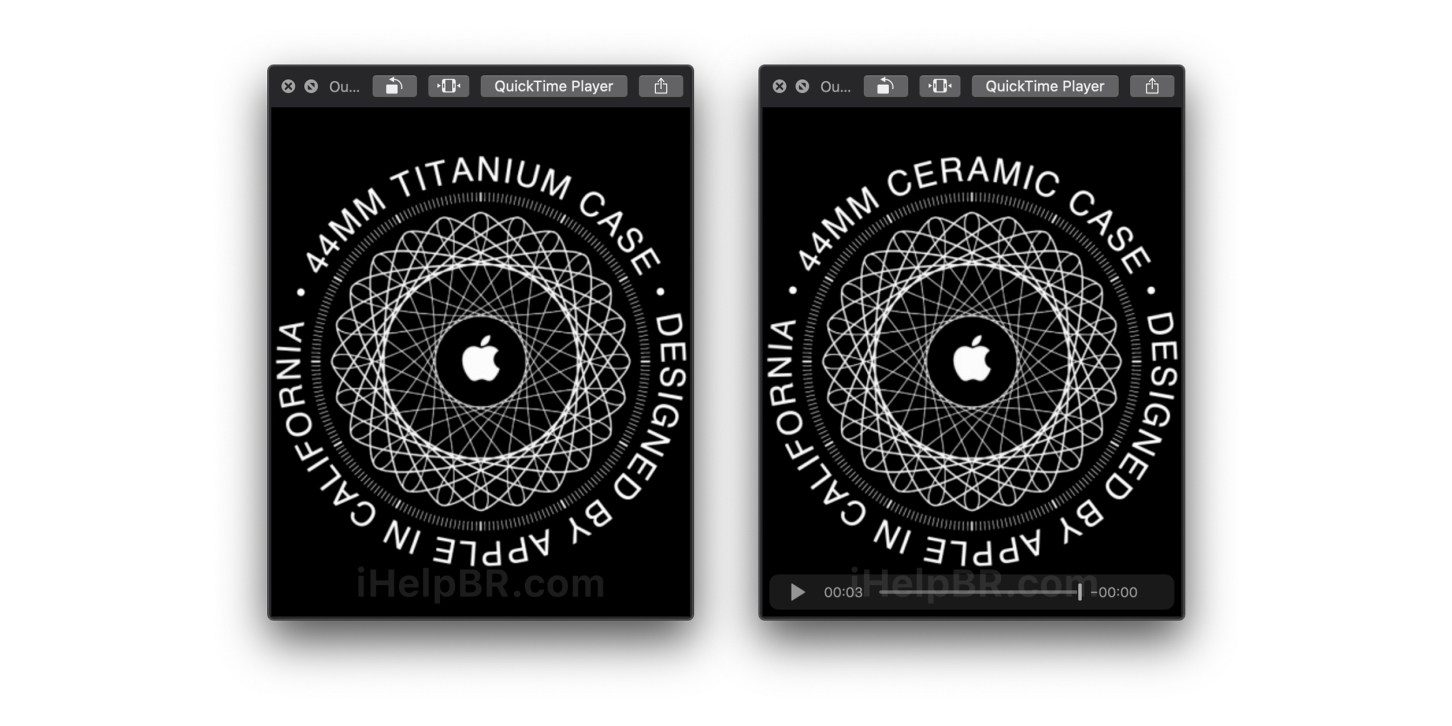Disney+ will have an international launch that begins at the same time as its rollout in the U.S., Disney revealed. The company will be launching its digital streaming service on November 12 in Canada and The Netherlands on November 12, and will be coming to Australia and New Zealand the following week. The streaming service will also support virtually every device and operating system from day one.
Disney+ will be available on iOS, Apple TV, Google Chromecast, Android, Android TV, PlayStation 4, Roku, and Xbox One at launch, which is pretty much an exhaustive list of everywhere someone might want to watch it, leaving aside some smaller proprietary smart TV systems. That, combined with the day-and-date global markets, should be a clear indicator that Disney wants its service to be available to as many customers as possible, as quickly as possible.
Through Apple’s iPhone, iPad and Apple TV devices, customers will be able to subscribe via in-app purchase. Disney+ will also be fully integrated with Apple’s TV app, which is getting an update in iOS 13 in hopes of becoming even more useful as a central hub for all a user’s video content. The one notable exception on the list of supported devices and platforms is Amazon’s Fire TV, which could change closer to launch depending on negotiations.
In terms of pricing, the service will run $8.99 per month or $89.99 per year in Canada, and €6.99 per month (or €69.99 per year) in the Netherlands. In Australia, it’ll be $8.99 per month or $89.99 per year, and in New Zealand, it’ll be $9.99 and $99.99 per year. All prices are in local currency.
That compares pretty well with the $6.99 per month (or $69.99 yearly) asking price in the U.S., and undercuts the Netflix pricing in those markets, too. This is just the Disney+ service on its own, however, not the combined bundle that includes ESPN Plus and Hulu for $12.99 per month, which is probably more comparable to Netflix in terms of breadth of content offering.
from Android – TechCrunch https://ift.tt/2ZdB7HO
via IFTTT

